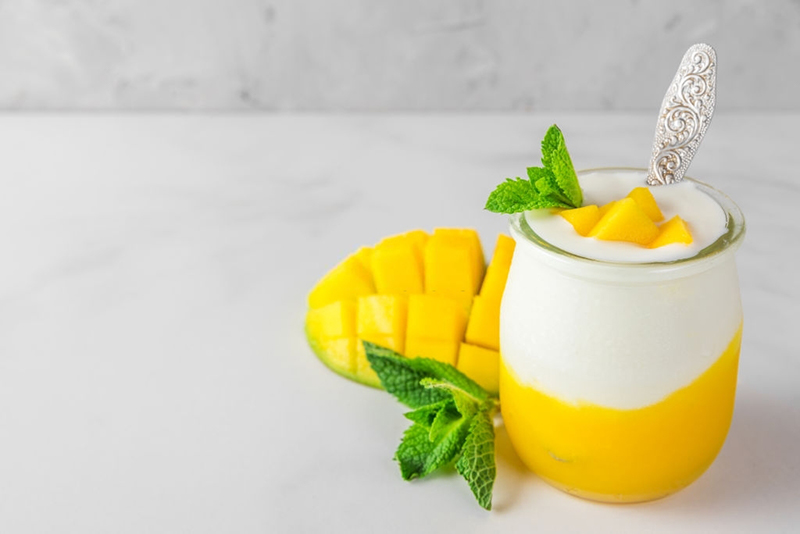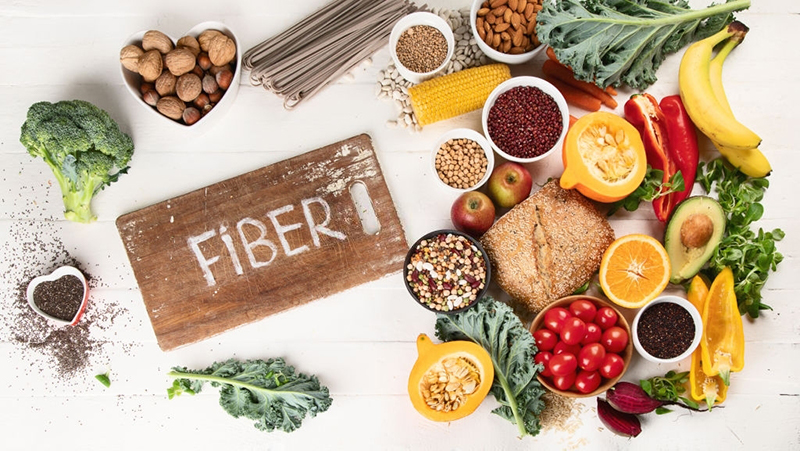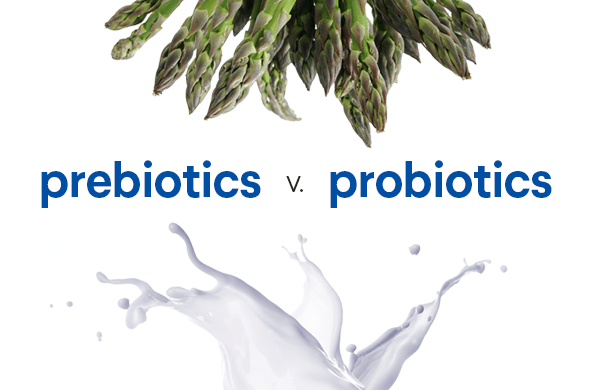Quick Health Update
A “healthy gut” is defined as having a good mix of probiotics (useful bacteria) in your gastrointestinal tract to keep your body functioning properly.
Fermented foods are the finest probiotic foods since the fermentation process protects the food while also promoting helpful microorganisms.
Yogurt, kefir, and some cheeses are examples of fermented dairy probiotics, while kimchi, kombucha, miso, and sauerkraut are examples of fermented non-dairy probiotics.
If you don’t get enough probiotic-rich items in your diet, you might want to consider taking a probiotic supplement to help with digestion. probioticseverything.comfoods with probiotics
The gastrointestinal (GI) tract, also known as the digestive system, is teeming with both beneficial and dangerous bacteria if you have a “healthy gut.” These bacteria form a microbiome, or gut flora, which is essentially an internal habitat in your intestines. You’ll need the correct combination of beneficial bacteria to keep this microbiome healthy. probioticseverything.comfoods with probiotics
Probiotics can help with this. Probiotics are living microorganisms (such as bacteria and yeast) that can be found in a variety of meals. They improve your digestive system by acting largely in the GI tract. These active cultures help to regulate gut flora by changing or repopulating intestinal bacteria. probioticseverything.comfoods with probiotics
What, on the other hand, are the finest probiotic foods? When should you take probiotics, and how often should you take them? probioticseverything.comfoods with probiotics
Probiotic Foods to Eat
Probiotic-rich foods help protect your GI tract from dangerous microbes and enhance digestion and gut function when you consume or drink enough of them. Fermented dairy foods and beverages, as well as non-dairy ones, are high in probiotics.
Natural bacteria feed on the sugar and starch in the food and make lactic acid in the process of fermenting it. This method produces an environment that protects the food while also encouraging the growth of useful enzymes, B vitamins, omega-3 fatty acids, and numerous types of helpful bacteria. probioticseverything.comfoods with probiotics
List of Probiotic Foods
Probiotics from Fermented Dairy:
Yogurt is a delicious dairy product (one of the most common sources of probiotics)
Kefir is a fermented milk beverage. Kefir is one of the greatest probiotic foods since it contains a variety of key strains of beneficial bacteria and yeast.
Sour cream and cultured buttermilk
Gouda, gruyere, mozzarella, and cottage cheese are aged cheeses.
Notes: Pasteurization kills probiotics, so check for labels that indicate “living cultures” or “active cultures” on probiotic yogurt. probioticseverything.comfoods with probiotics
Dairy-Free Fermented Probiotics:
Kimchi is a Korean condiment (fermented cabbage in Korean cuisine)
Kombucha is a fermented tea made from the (fermented black or green tea)
Sauerkraut is a fermented cabbage product (fermented, finely shredded cabbage in European cuisine)
Miso, natto, and tempeh are all fermented soybeans (made from fermented soy beans)
vegetables that have been fermented (beets, carrots, cucumbers, onions, etc.)
Non-dairy yogurts that have been cultured (such as almond- or coconut-based yogurts)
Note: If you’re preparing your own probiotic vegetables, avoid pickling or fermenting them with vinegar, as this can inhibit bacterial growth. Instead, make a brine with salt water.
When and how much probiotics should you take?
Because there is no suggested daily consumption for probiotics, it’s impossible to know which fermented foods to eat or in what quantities. The general rule is to include as many fermented foods as possible in your regular diet. probioticseverything.comfoods with probiotics
If your diet is lacking in probiotic-rich foods, you may want to consider taking a probiotic supplement to help with digestion. Many experts advise taking them on an empty stomach, when stomach acid is at its lowest. However, following the dosage instructions on the supplement’s label is your best chance. probioticseverything.comfoods with probiotics
The ultimate goal is to create a healthy intestinal environment. To fully recolonize the gut with good bacteria, some sources recommend taking probiotics every day for two weeks to two months. It may be able to reduce the number of dosages to two to three per week after the initial course. Consult your doctor because this varies widely and is dependent on individual health conditions and demands. probioticseverything.com







